BEER 101: THE INS AND OUTS of HOPS
When you take a trip down to your local brewery, there are a few components that go into creating the perfect pint of beer. In fact, most beers are only made with a few simple ingredients: water, malt, yeast, and, of course, hops. Though these are the foundation of every good glass of beer, it's thanks to the quality of these products and the brewing methods that a beer becomes something truly unique.
But what are hops? Unless you're a tried and true beer fanatic, you might not know the role that this helpful plant plays in creating your favorite craft beer. This cute bud of the Cannabinaceae family is responsible for a variety of characteristics in beer, many of which you might not have realized.
That being said, let's take a shallow dive into the ins and outs of hops.
What are hops?
As stated earlier, hops are a member of the Cannabinaceae family, which means that it's a cousin to hemp. This artichoke-shaped bulb is small and contains a range of components that go into making a beer. They're popularly grown in the Pacific Northwest region of the United States but hops are actually found all over the globe.
Hops come in many shapes and forms but they're all a necessary component in the brewing process. Many local craft breweries will experiment with different types of hops to play around with flavor profiles.
What do hops do?
Hops are responsible for many flavors and aromas in beer thanks to the oils that are locked in the lupulin glands of the hop cones. When these oils are released, they can serve three purposes: to make the drink more bitter (thanks to the acidic nature of the oil), to make it more aromatic, or to do both. IPAs, for example, have taken hops to a whole new level when it comes to experimenting with different aromas. Different ratios of hops per batch can unleash a range of different flavor profiles and acidity levels.
Hops can also change a beer's flavor and acidity depending on when your local brewery adds them in the brewing process. If more hops are added at the end of the brewing process, for example, you'll get a "hoppier" flavor. If they're added closer to the start of the process, these oils will boil away and create a more subdued finish. When beer is fermented with hops in the batch, it's known as dry hopping.
Fun fact: hops are also essential because they serve as a preservative in beer!
How are hops used in your favorite beers?
As mentioned above, hops are a quintessential component in IPAs. In fact, this type of ale contains the most hops of any other beer or ale with over three pounds of hops present in a single keg. A pale ale, on the other hand, will only have about half a pound of hops. Your average stout will only have .3 lbs of hops per keg.
Once hops are present in a beer, they're then measured in International Bitterness Units (IBUs). This measurement indicates the level of acidity from the hops found in the beer. If you're not a fan of a bitter beer, you're better off looking for beers with lower levels of hops.
But hops do more than just make your beer bitter. They also add a number of different flavors depending, again, on the brewing process and the strain of hops used. Hops are often responsible for fruity flavors, earthy notes, and hints of pine in your favorite glass.
At the end of the day, it's all about balance. If you have questions about how hops are used in your favorite glass, don't hesitate to talk to your local brewery for more information.
Contact Two Frays Brewery
Did you know that almost half of Americans claim that beer is their favorite alcoholic beverage? Two Frays Brewery is proud to serve some of the best beer Pittsburgh has to offer. When you're looking for a new local brewery, visit us today. We'll be happy to take you on a brewery tour and explain how hops are used in our brewing process.

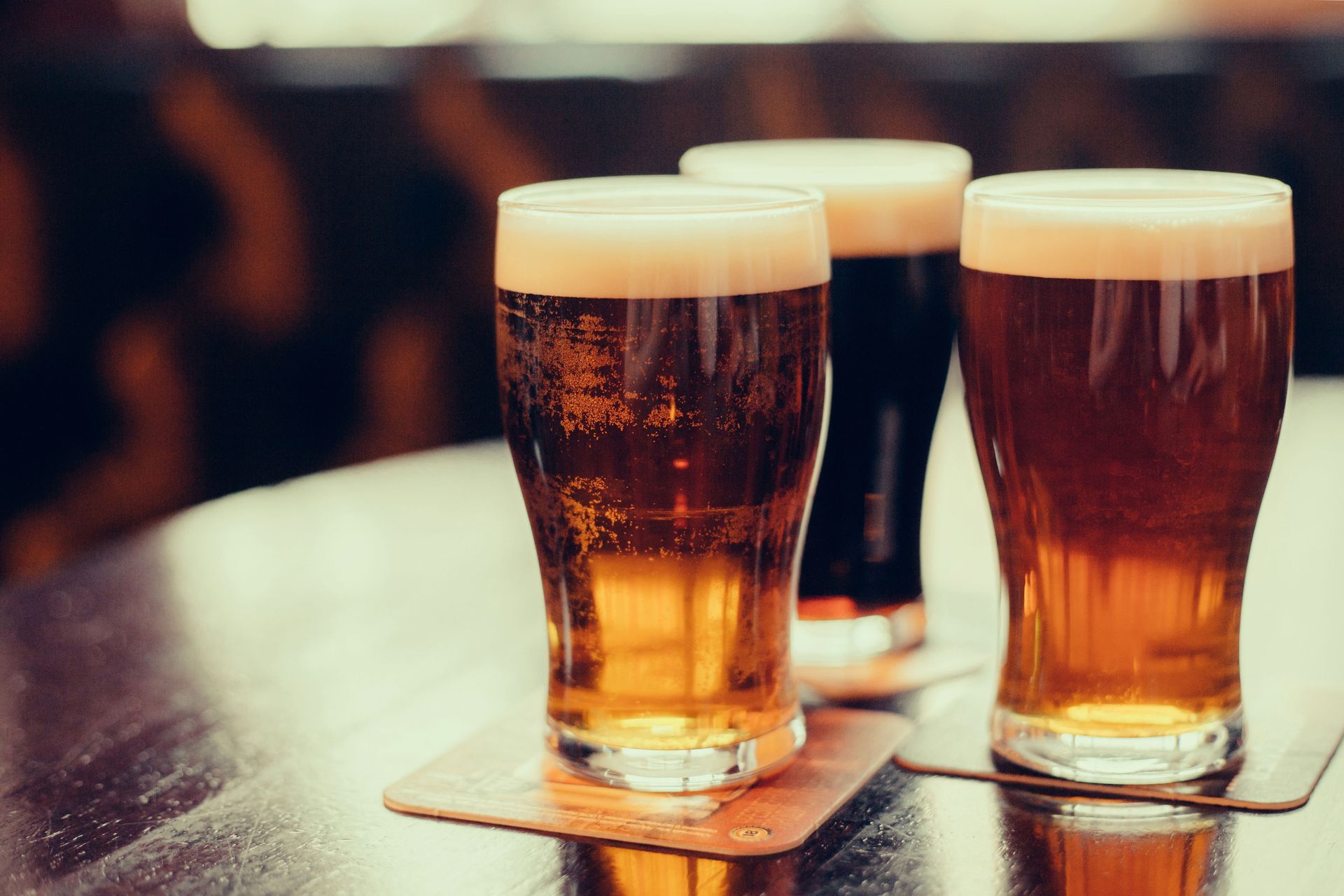

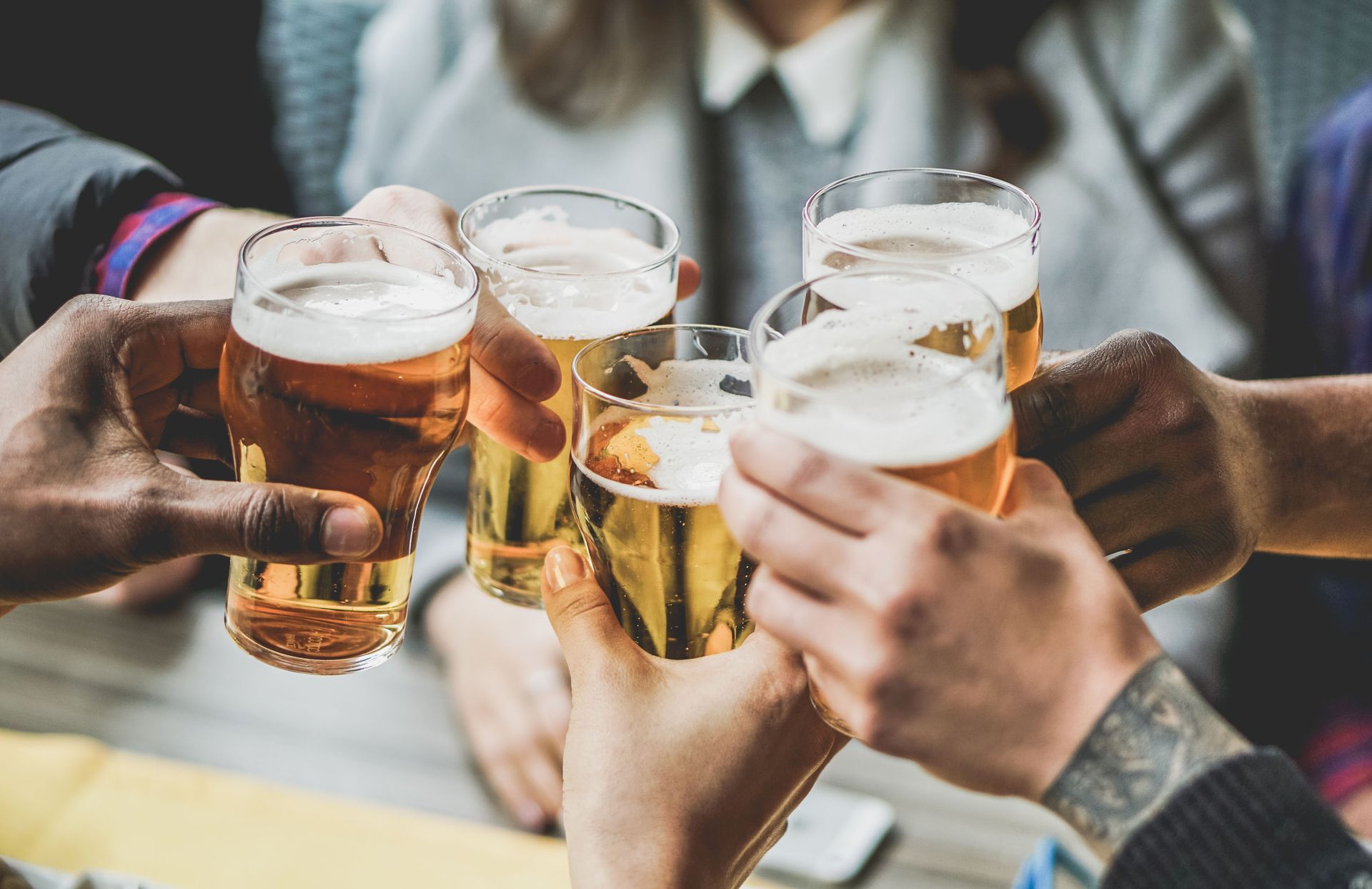

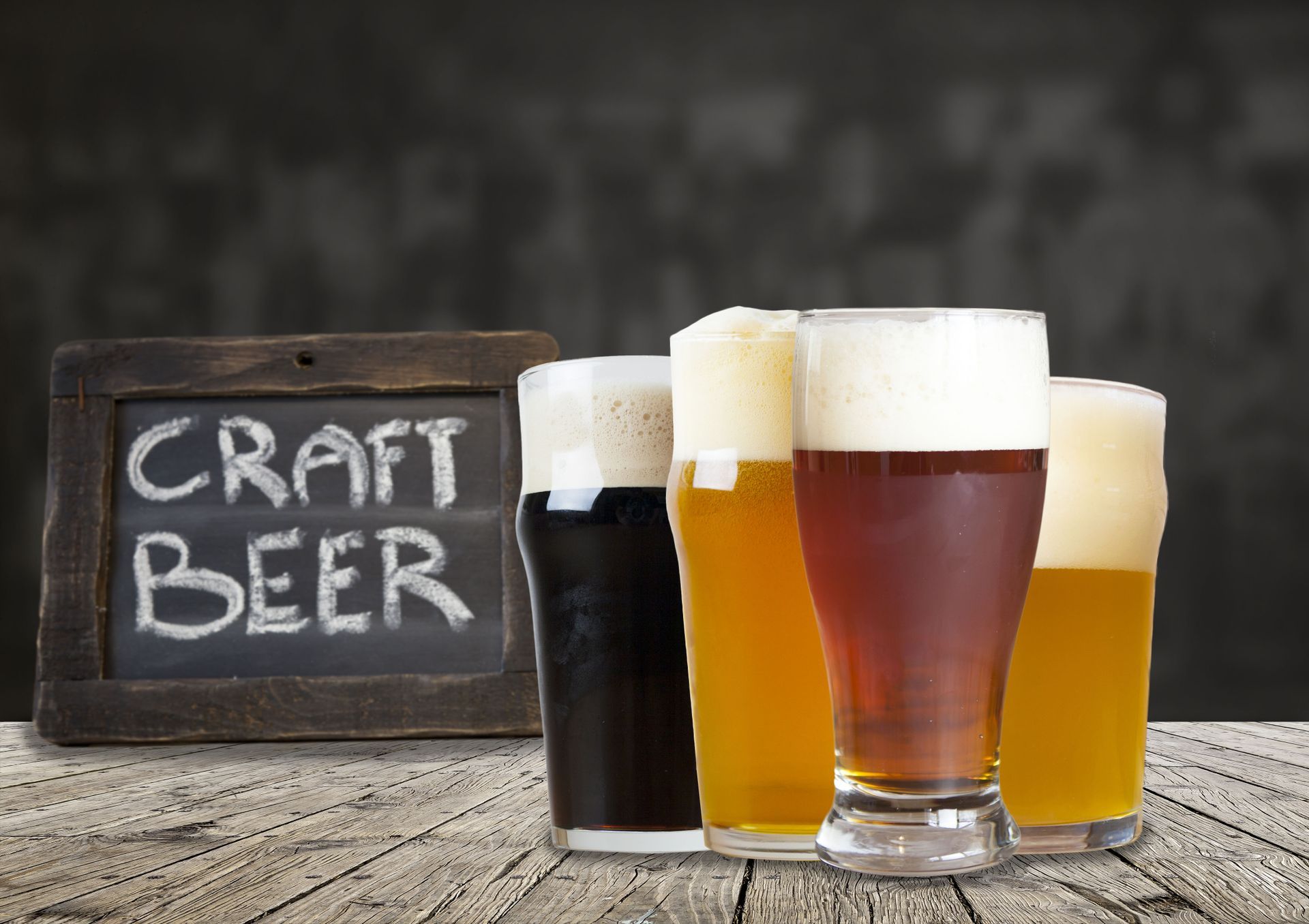
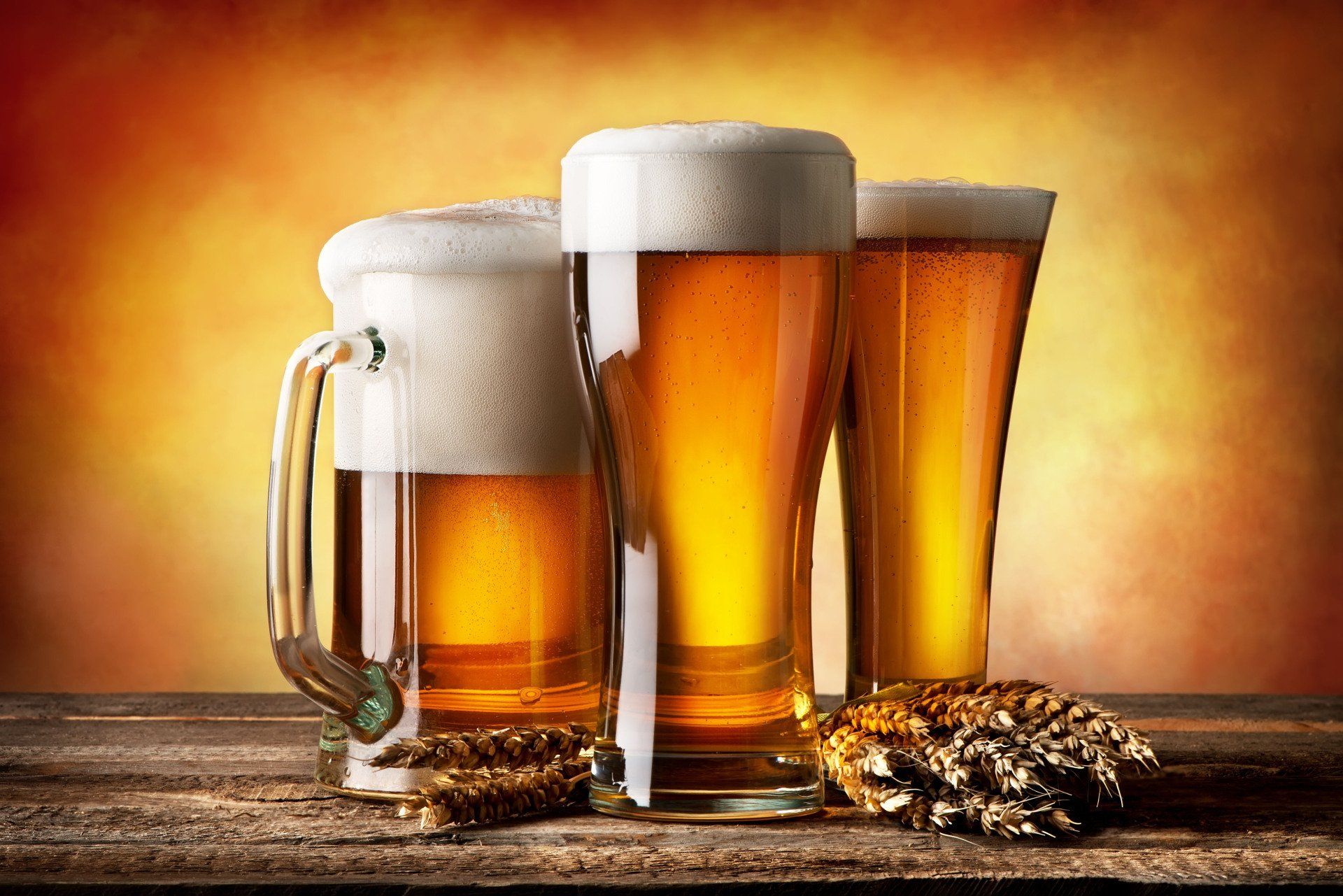
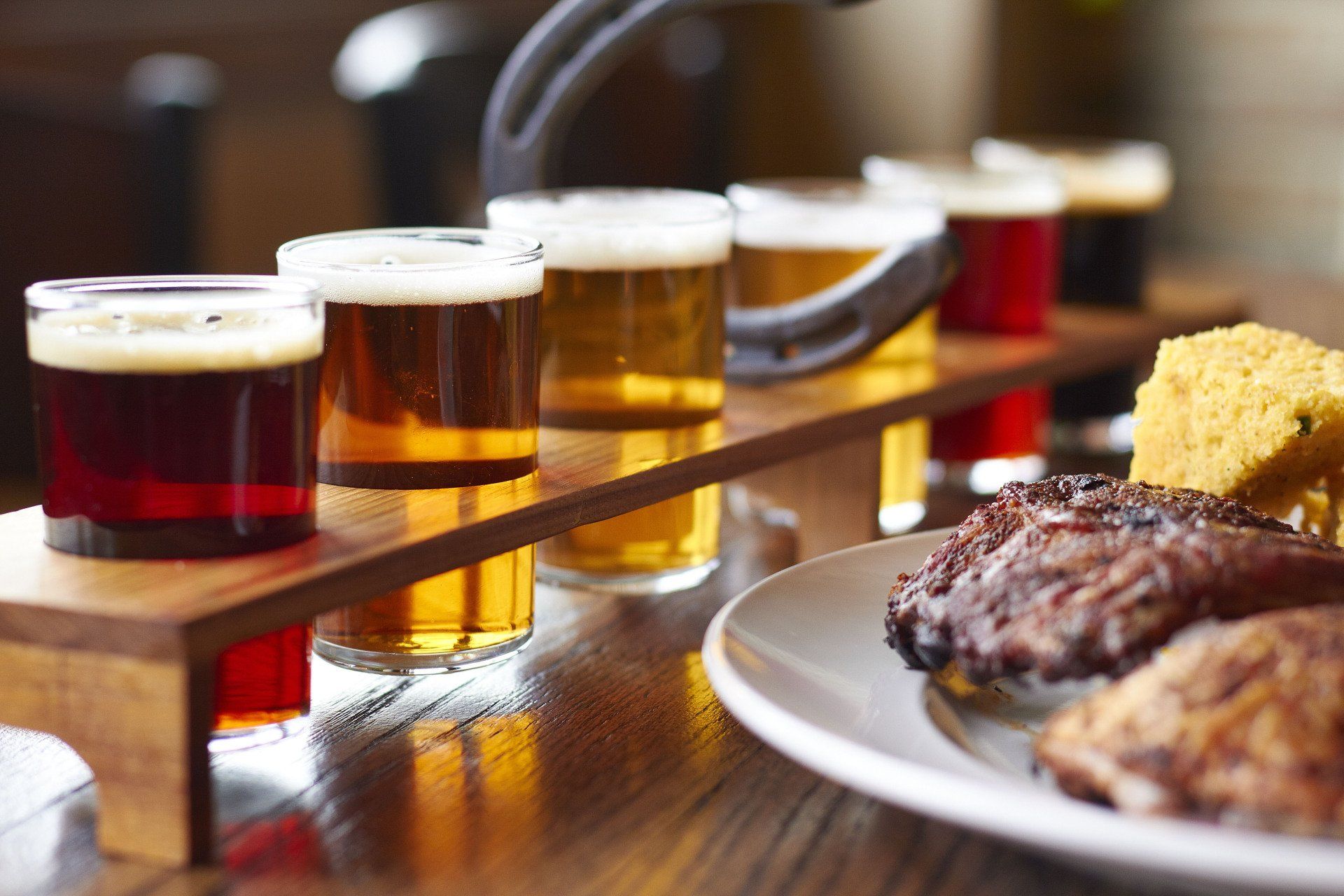
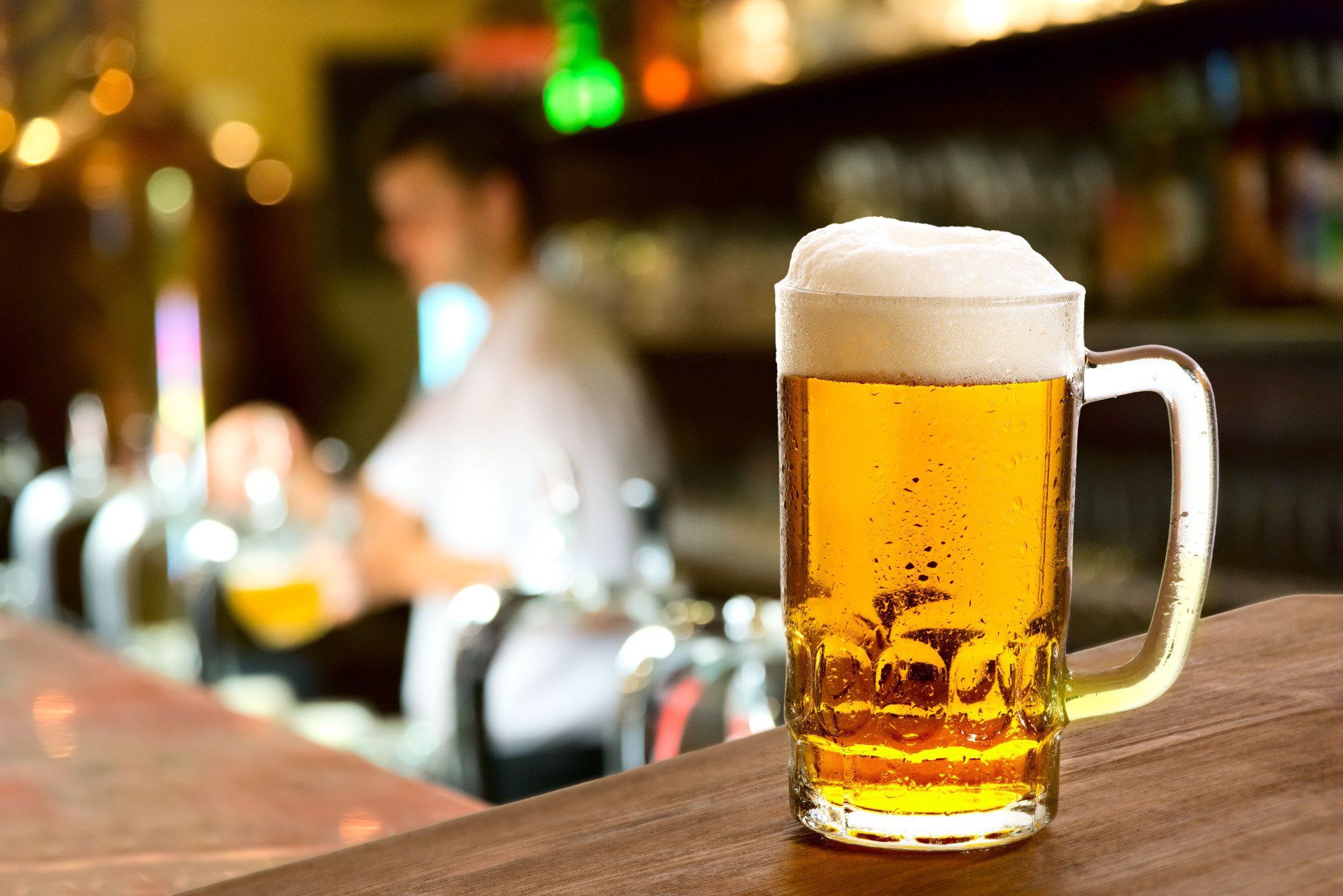


Share On: